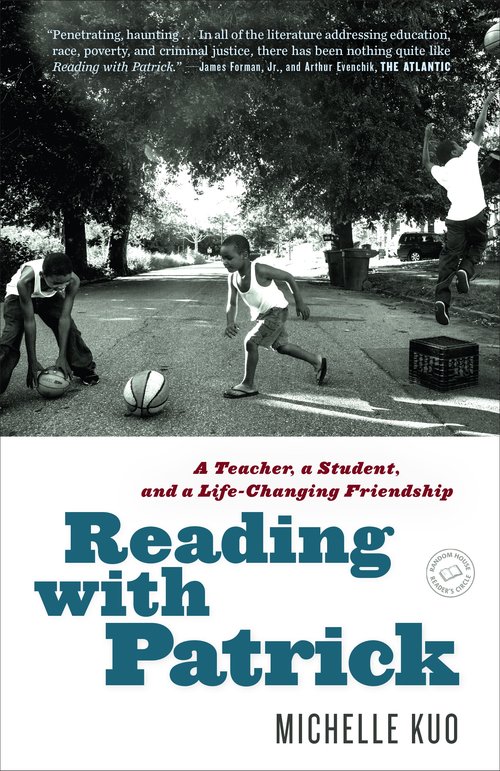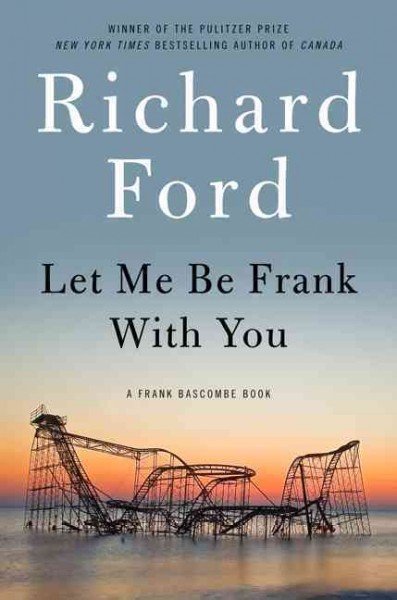Tin Man Sarah Winman (2017)
When you picture Oxford, England, you probably think of the imposing towers of the university, the courtyards with berobed scholars fluttering by, the rowers on the river, maybe a scene in a library. You don’t usually think of the working-class people who provide the support infrastructure for this academically oriented city. In Tin Man, Sarah Winman brings these workers into focus.
The book opens in 1996, when readers meet the middle-aged Ellis, who works as a “tin man” in an Oxford auto factory, repairing small dents in the cars being built. He’s an unhappy widower who looks back on events of his life as he tries to see a path forward. He remembers the early death of his mother, his close friendship during his teen and young adult years with a fellow named Michael, and his happy marriage to a spirited woman named Annie, who also became friends with Michael. Ellis is sad not only about the losses in his life but also about the path he didn’t follow—training as an artist—because he was forced by his father to leave school and take a blue-collar job.
The second half of this slim volume is the diary of Ellis’s friend Michael, from the years 1989 and 1990. In this segment we learn why Michael is no longer in Oxford in the 1996 segment: he went to London and ended up caring for a lover dying of AIDS. So, you’ve probably guessed that this is a pretty sad story. But it’s nuanced, not banal, plumbing the waters of friendship and love and companionship while revealing the personalities of Ellis, Michael, and, to some extent, Annie. It’s set against the decline of manufacturing in Britain that has created another level of despair. Here’s a scene with Ellis bicycling home from work: “Along Cowley Road, orange streetlight scattered across the tar, and ghosts of shops long gone lurked in the mists of recollection.” (16-17)
In his diary entries, Michael captures a social order, just a few short decades ago, that did not accept his sexual orientation: “How cruel it was that our plans were out there somewhere. Another version of our future, out there somewhere, in perpetual orbit.” (139) And he reflects on his grief: “I wonder what the sound of a heart breaking might be. And I think it might be quiet, unperceptively so, and not dramatic at all. Like the sound of an exhausted swallow falling gently to earth.” (177)
If your soul can’t bear the reading of another AIDS story, I understand. I didn’t know this was an AIDS story when I started, and I stayed to the end, where I got some shreds of hope for Ellis’s future.












